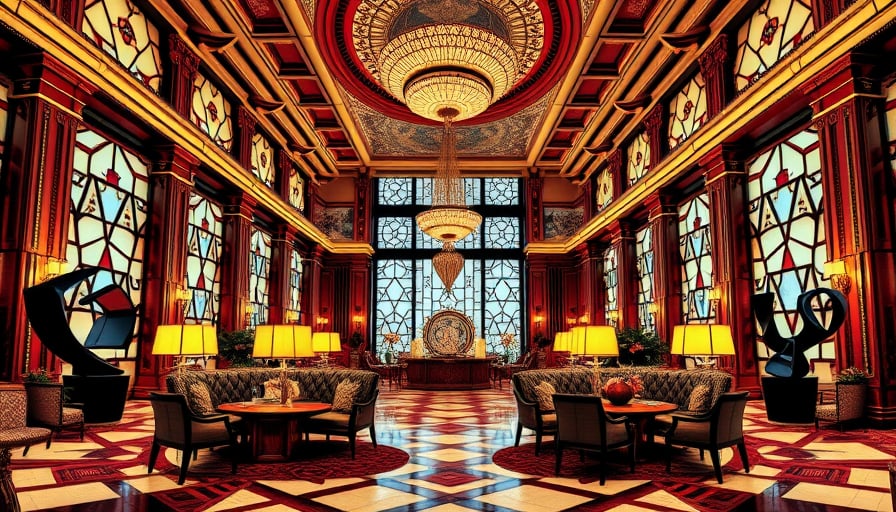LVMH: A Fortress of Influence Amid Market Uncertainty
In a landscape where luxury brands must balance opulence with purpose, LVMH Moët Hennessy Louis Vuitton SE has once again proven its resilience. The Paris‑based conglomerate, valued at €303 billion, closed the trading day at €612.10, a level that sits comfortably below its 52‑week high of €762.70 but still above the trough of €436.55. This performance, against a backdrop of a slightly bearish CAC 40, underscores LVMH’s ability to navigate a volatile macro‑environment while maintaining investor confidence.
Insider Confidence and Strategic Accumulation
Bernard Arnault’s recent purchase of roughly €1.4 billion worth of LVMH shares is the most conspicuous signal of confidence. By increasing his stake, Arnault not only consolidates control but also conveys to the market that the company’s long‑term prospects remain robust. In an era where institutional investors often signal distress through share sales, such an accumulation is a decisive endorsement of LVMH’s strategic trajectory.
CSR as Capital
LVMH’s renewed partnership with UNESCO, focused on biodiversity protection in the Amazon, exemplifies the group’s commitment to sustainable luxury. By investing in concrete projects—sustainable agriculture, ecosystem restoration, and local community empowerment—the company turns corporate social responsibility into tangible value creation. This move is not merely a marketing ploy; it positions LVMH as a leader in responsible sourcing, a factor increasingly weighted by ESG‑conscious investors.
Global Reach and Market Dynamics
The luxury watch sector is experiencing a renaissance, driven by consumer appetite for premium timepieces and the convergence of technology and design. LVMH, alongside competitors such as Richemont and Swatch, stands poised to capture this momentum. Meanwhile, the company’s presence in Greece’s watch market—ranked among the leading players—highlights its strategic penetration in emerging luxury hubs.
In China, the region’s share of the global luxury market—approximately one‑third of a $400 billion industry—remains a pivotal growth engine. LVMH’s aggressive campaigns to reclaim Chinese consumer spending reflect an awareness that luxury is not static; it must evolve with shifting demographics and digital engagement.
Competitive Pressures
Italian fashion houses, spearheaded by Prada’s acquisition of Versace and Zegna’s licensing of Tom Ford, are tightening the competitive envelope. While LVMH’s diversified portfolio offers a hedge against sectorial volatility, it must continue to innovate to fend off Italian rivals that are aggressively expanding their global footprints and redefining luxury aesthetics.
Market Sentiment
Despite a modest dip in the CAC 40, driven by regional inflation concerns and cautious trade sentiment, LVMH’s share price remains buoyant. Analysts have maintained a “buy” recommendation for the stock, citing the conglomerate’s robust cash flows, premium brand equity, and strategic alignment with sustainability trends. This consensus view, coupled with the insider buying spree, signals that the market is confident in LVMH’s capacity to translate luxury demand into shareholder value.
Bottom line: LVMH is not merely surviving market headwinds; it is actively shaping the future of luxury. Through strategic insider investment, ESG‑centric partnerships, and a relentless focus on core growth markets, the conglomerate continues to set the benchmark for what a modern luxury empire can—and should—achieve.
